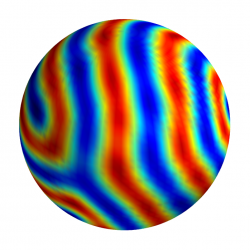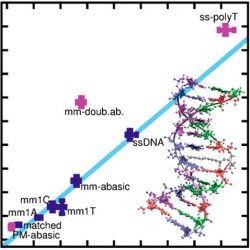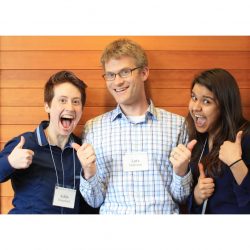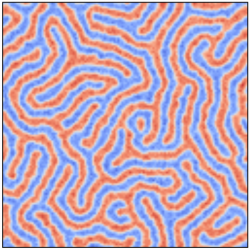Research Interests
Cellular membranes are vital components of biological cells. They form a protective layer that is impermeable to most molecules, and that plays an important role in mediating transport processes and protein organization.
How does spatial order emerge in cellular membranes? It has become clear that phospholipids and sterols play a major role in the lateral organization in such membranes. Using computer simulations and analytical models we explore the patterns that can emerge spontaneously in multicomponent membranes.
In addition to lateral composition heterogeneities, cell membranes can contribute to the organization of membrane proteins through the behavior of their shape deformations. When proteins bind to membranes they locally change elastic properties and limit the range of accessible fluctuations. We investigate how these effects can result in the structured assembly of membrane proteins.
Metal nanoaprticles cross-linked with double-stranded DNA can form a wide range of aggregates that exhibit many surprising and useful properties. Precise control over the aggregate structure is required to tune the mechanical and optical properties of these new materials. Such control can be achieved by carefully designing the nucleic acid sequence of the DNA cross linkers. Technology that allows to synthesize DNA with nearly arbitrary sequence is now readily available.
Even more advanced materials can be constructed when one uses control parameters in addition to DNA sequence. We are currently exploring the utility of photoswitch-modified DNA in the directed and reversible aggregation of metal nanoparticle aggregates. Incorporating azobenzene moieties into DNA provides control over the assembly process that can be easily exercised by light. This element of control is sensitive to the nucleic acid sequence, which opens the door for several DNA sensing applications.
Would you like to learm more about our work?
People
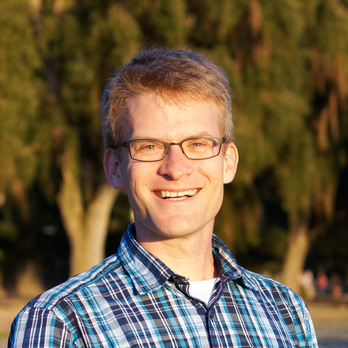
Lutz Maibaum

Shushan He

Nihit Pokhrel
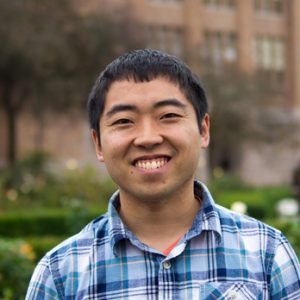
Raymond Jin
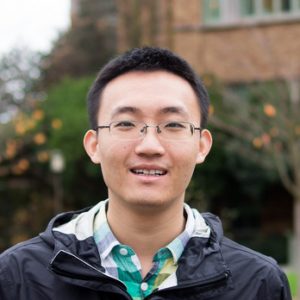
Yongtian Luo

James Ludwig
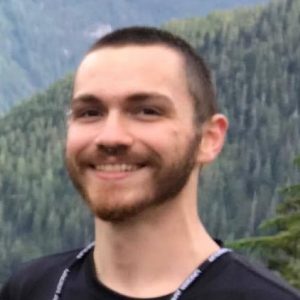
Jesse Prelesnik


